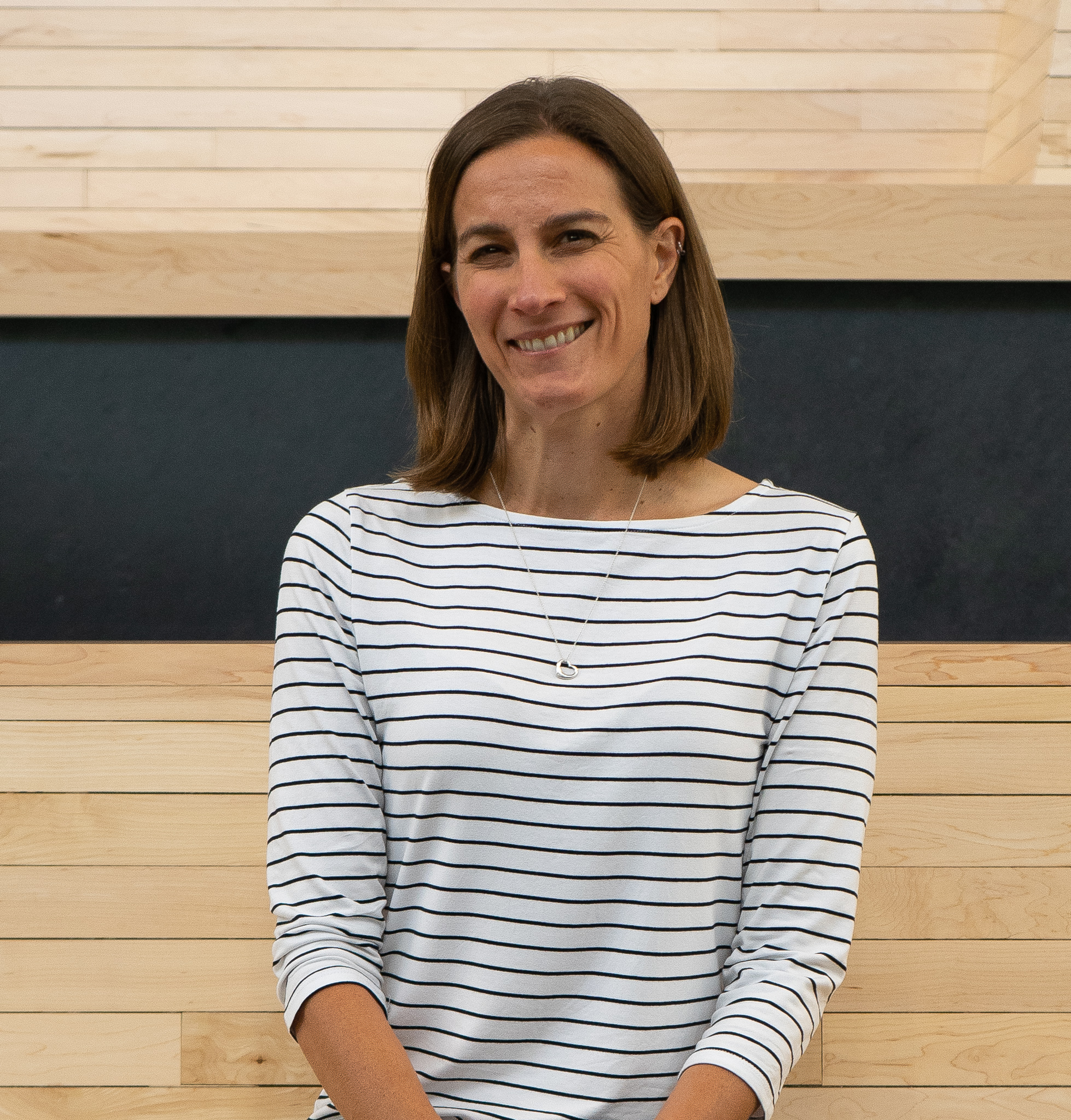About
Research Interests
Human-environment interactions
Earth observation and sustainable development
Land systems
Human population modeling
Remote sensing and geospatial analysis
Teaching
Earth Observation and Sustainability: The Human Planet (GEOG 525)
Unmanned Aerial System Technologies (GEOG 545)
Global Environment (GEOS 200)
Global Environmental Change (GEOS 360)
Remote Sensing (GEOS 355 and 655)
Advanced Remote Sensing (GEOS 656)
External funding/Research Projects
Adaptive Human Migration in Changing Environments: Using Recent Empirical Patterns to Inform Forecasts Under Climate and Socioeconomic Futures (2021-2024)
This research investigates human migration as both a consequence and a cause of environmental and social change. The project asks two related questions – why do people choose to move, and what are outcomes of their mobility in both origin and destination areas. This project combines field and satellite data to build generalizable and predictive models of migration and environmental change. Project lead is Jonathan Salerno (Colorado State University) with additional collaborators, Randy Boone (Colorado State University), Lori Hunter and Joel Hartter (CU Boulder) and Forrest Stevens (University of Louisville).
Funding: NSF HEGS (#2049858)
Population and Infrastructure on Our Human Planet: Supporting Sustainable Development through Improved Spatial Data and Models for Human Settlements, Infrastructure, and Population Distribution Based on Earth Observations. (2018-2020, Addendum 2020-2021)
The project will work closely with national statistical offices (NSOs) and related ministries and stakeholders in two countries, Nigeria and Colombia, to identify and address their needs for integrated settlement, infrastructure, and population data and models with respect to monitoring, planning, and decision making regarding the Sustainable Development Goals (SDGs) and associated targets and indicators. A collaborative project led by Robert Chen (Columbia University), and partners Forrest Stevens (University of Louisville) and Charles Huyck (ImageCAT).
Funding: NASA Applied Sciences
Learning from core samples outside the SAFOD active creep zones: A study of microstructural processes leading to current and past aseismic creep in Central San Andreas Fault.
This project investigates microstructural processes and deformation mechanisms that drive aseismic creep at depth for the San Andreas Fault at Depth Observatory. Specific interest is in leveraging GIS and remote sensing techniques for quantifying spatial pattern on core sample surfaces. A collaborative project at University of Louisville led by Jafar Hadizadeh (University of Louisville)
Funding: NSF EarthScope (#1800933)
Land Use Status, Change and Impacts in Vietnam, Cambodia and Laos. 2018-2021
The overall science objective of this research is to quantitatively document the current status and rate of change of how land cover and land use and how trajectories of these changes are linked to population and demographic transitions for the Southeast (SE) Asian countries of Vietnam (VN), Cambodia (CB), and Laos (LS). A collaborative project at led by Son Nghiem (NASA JPL), and Forrest Stevens (University of Louisville).
Funding: NASA ROSES LCLUC (#80NM0018F0590)
Change and Adaptation in Southern Africa: Climate and Land Systems Dynamics of the Kavango-Zambezi Transfrontier Conservation Area. (2016-2021)
An interdisciplinary project studying how communities and their households, land use, and climate interact to create or mitigate vulnerability in the Kavango-Zambezi Transfrontier Area of Southern Africa. A collaborative project with Narcisa G. Pricope (UNC-Wilmington), Forrest Stevens (University of Louisville), and Joel Hartter (CU Boulder).
Funding Source: NSF GSS (#1560700)
Global high resolution population denominators. 2016-2018
This project constructed consistent and comparable global maps of population distributions and demographics for the 1990-2020 period and are freely available to the global community from the www.worldpop.org . A collaborative project led by Andrew Tatem (University of Southampton), and including Forrest Stevens (University of Louisville) and Greg Yetman (Columbia University)
Funding Source: Bill and Melinda Gates Foundation
Graduate Students Mentored (with thesis titles)
Current
Grace Embree, Mapping Eastern Hemlock with Sentinel-2a for Pine Mountain, Kentucky
Ariel Weaver, Land Use and Natural Resource Management in Zambezi, Namibia (Fulbright Scholar)
Aaron Sexton, Inter- and Intra-annual Variability for the Onset of the Rainy Season in KAZA
Former
Jacob Ray (Anthropology, committee), GIS Predictive Modeling in the Daniel Boone National Forest: Settlement Patterns in the Advent of Horticulture (2021)
Laura Krauser (co-advised with Stevens, F.R.), Changing Agricultural Landscapes: An Investigation of Dragon Fruit Production in Southern Vietnam (2020)
Elliot Holmes (committee), A GIS-Based Method for Archival and Visualization of Microstructural Data from Drill Core Samples (2020)
Nick Kolarik (co-advised with Stevens, F.R.), A multi-plot assessment using a micro-unmanned aerial system (UAS) in a semiarid environment (2019).
Fennis (Philip) Reed (co-advised with Stevens, F.R.), Adaptations of Dasymetric Process within WorldPop Distribution Estimates (2018)
Jeremy Sandifer, Remotely-Sensed Heat: Variation and Change in Surface Urban Heat Islands in a Temperate Eco-region of the United States (2017)
Fernando Caixeta, Evaluation of MESMA applied to multispectral images for mapping land cover in southern Africa’s savanna (2016)
Jeremiah Nieves (co-advised with Stevens, F.R.), Global Population Distributions and the Built Environment: Deriving a Reduced Covariate Set for Spatial Population Modeling (2016)

